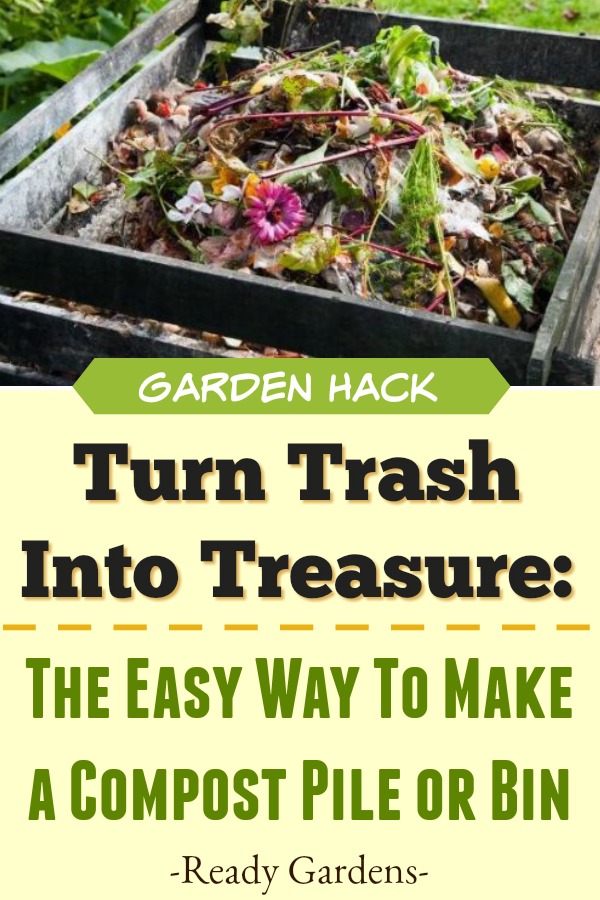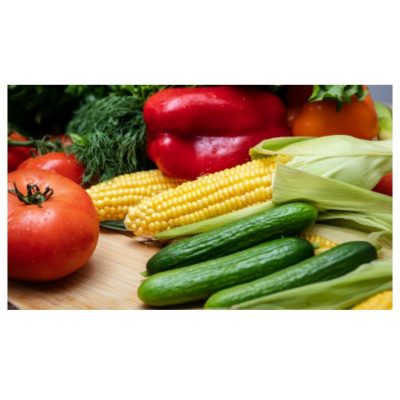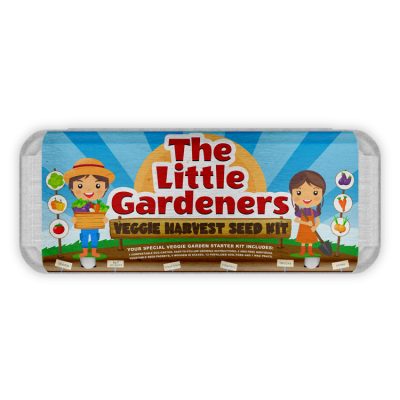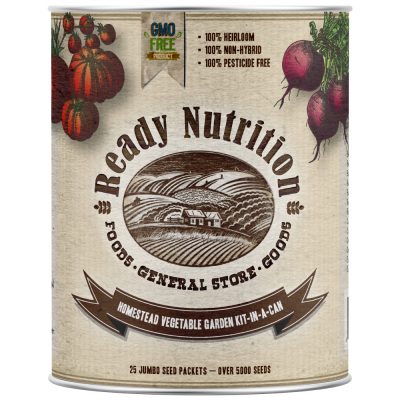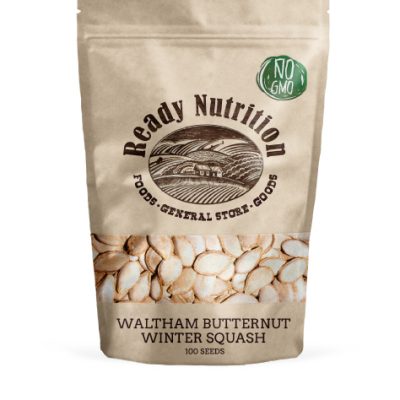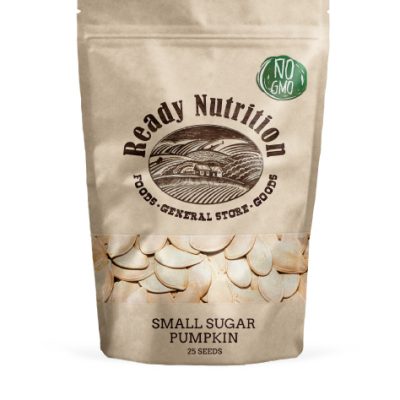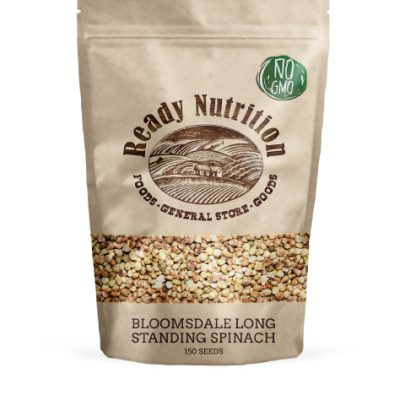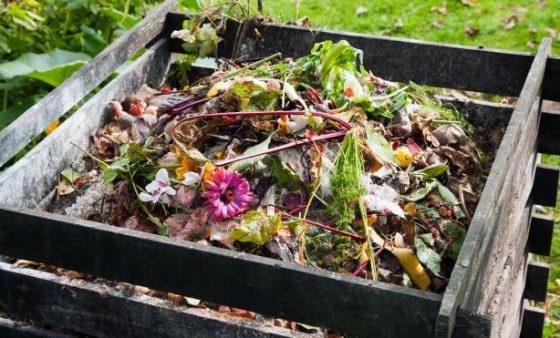
Composting not only reduces trash in landfills but also improves your backyard at home. Your garden will produce healthier vegetables and more beautiful flowers with just the addition of a compost pile. Composting doesn’t have to be difficult and although it may seem like a daunting task to get started, this helpful guide should help walk you through any rough patches.
Soil is one of the most important ingredients you need for a productive garden. In order to have a lush garden that grows big, juicy vegetables, you need lots of nutrients in the soil. Over the years, I have read a lot about gardening and came across the Soil Science Society of America and loved their definition of soil. “Soil is not dirt. It is a complex mix of ingredients: minerals, air, water, and organic matter – countless organisms and the decaying remains of once-living things. Soil is made of life. Soil makes life. And soil is life.” In order for plants to grow to their optimum capacity, they need nine different nutrients present in the soil. While most of these elements and nutrients are naturally found in soil, sometimes they can become depleted and need to be added to keep the soil healthy. -Ready Gardens
This is where composting comes in. Composting does require a little planning ahead time. Like planning a garden, you’ll want to take a few things into consideration. But it will make it all much easier as you begin the process.
*Remember, compost is not a replacement for your soil, but rather acts as a natural fertilizer to nurture your soil and plants, so add it a couple of times a year for best results.
The first thing you will want to plan out is the location of your bin. Placing the bin adjacent to or actually in your garden will save some time and labor when it’s time to apply your finished product. One cubic yard of compost can weigh up to a ton! Cutting the space between the bin and the garden will save a few steps pushing a heavy wheelbarrow. The shorter trip will also be helpful when you’re adding clippings and spent plants from your garden into the bin. Make sure you put the compost pile on the actual soil. You’ll want the bugs and earthworms to work their way into the composting material. If you put the compost pile on a concrete pad, it’ll be much more difficult because the compost will be cut off from the ecosystem.
The location of the compost bin should also be near a source of water as it is a key for decomposition. A dry pile takes a lot longer to break down than one that is wet. Look for a place that you can easily reach with your garden hose. Some folks tuck their compost bin in a far corner of the yard so that it’s out of sight, but then have difficulty keeping it adequately watered. You could also consider collecting rain from the roof in a rain barrel to water your compost! Do this by putting your compost bin right under the rainwater runoff.
Now comes the easy part! Decide whether or not you’d like an open or closed compost bin. A closed bin is a good choice if you’re worried about the way your compost pile will look (or smell)! You can easily make a container, (for directions on how to easily build a compost bin out of wood pallets, click here) order one online (try this one from Amazon) or you can buy one locally at a hardware or gardening store. Look for a bin that’s about 3 feet in diameter and not much taller than your waist. If you are going to be starting a compost pile, protect it from animals such as raccoons and your pets by using fencing.
Once you’ve placed your bin in the ideal location, you’ll want to begin collecting scraps to compost! But, first things first. There are a few things that you should avoid adding to your compost pile. Dairy or animal products (even animal bones) will start to smell and attract pests. The same goes for fats, oils, and pet waste. Also, if you have a diseased or insect-ridden plant, don’t add it to the pile because it could contaminate your compost making it unusable.
But you can begin by adding equal parts of “brown” waste and “green” waste to your compost bin. “Green” waste includes fruits and vegetables and “brown” waste can be items like wood shavings, dry leaves, or even old newspapers. Maintaining a balance between the two is important is because “brown” materials are rich in carbon, feeding the organisms that break down the scraps and “green” materials supply nitrogen, which is the key for building the cell structure of your new soil. Keep in mind your compost will also need to “breathe”. It will need oxygen and some air flow to break down the waste into usable compost. Air flow will also help prevent the smell often associated with composting. If you’ve struck a good balance, your compost bin will smell more like an earthy soil than anything else.
You could also consider a compost tea to have an even more lush garden than last year!
Maintaining your compost bin should be an easy task too. Simply turn your mixture over every week or two with a shovel or a garden fork in order to “mix it up.” If you’re not seeing progress after a few weeks, add more “green” material and make sure you’re keeping the pile moist. If it’s smelly and wet, add more “brown” material and turn the compost more frequently. Also, break apart any big materials (like branches) to keep the air flowing.
Once the compost looks like soil, it is ready to use! Work it into your garden beds, or sprinkle it on top of your garden!
To make your own compost bin out of wood pallets, click here. H/T [Preparedness Mama]
